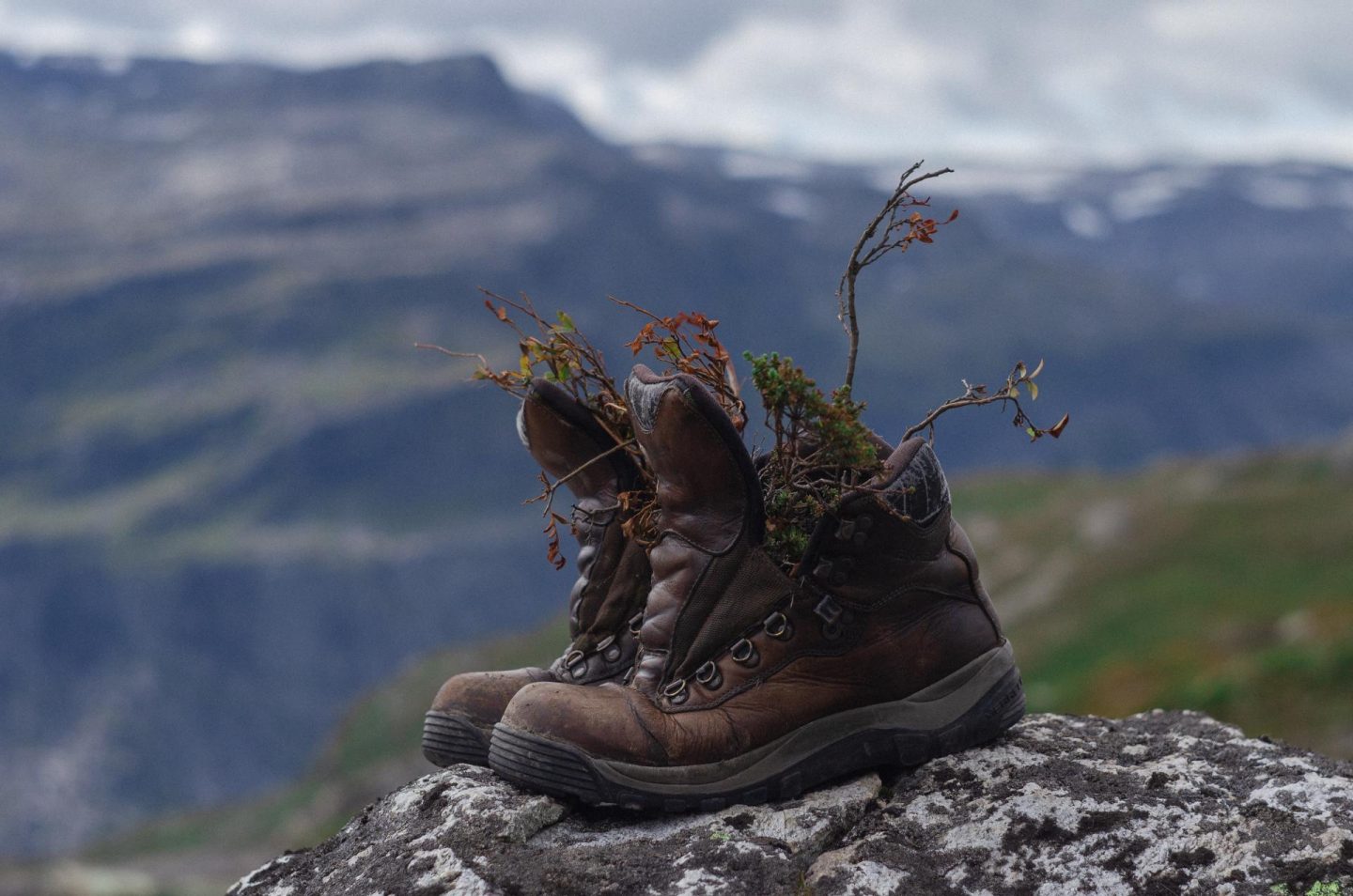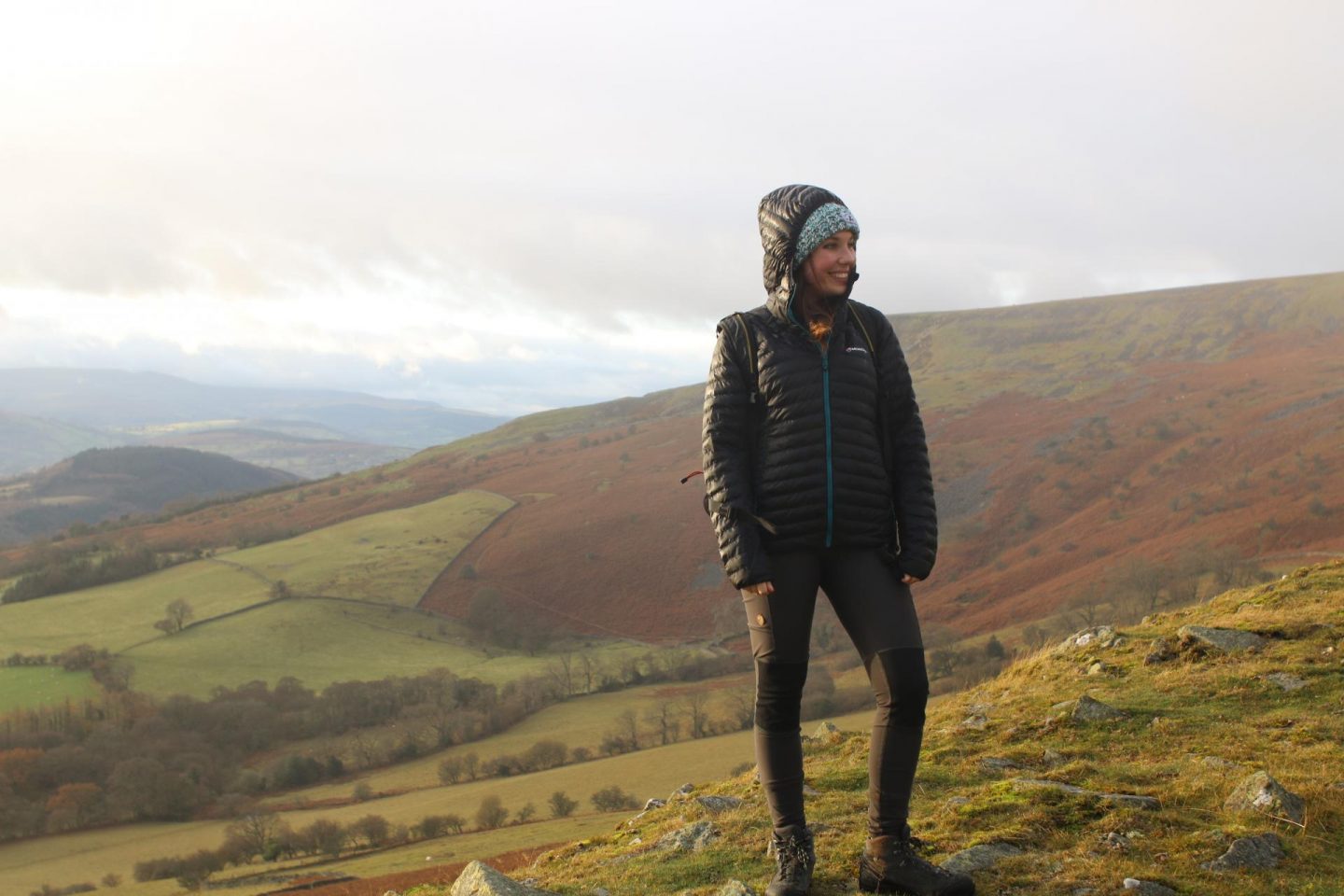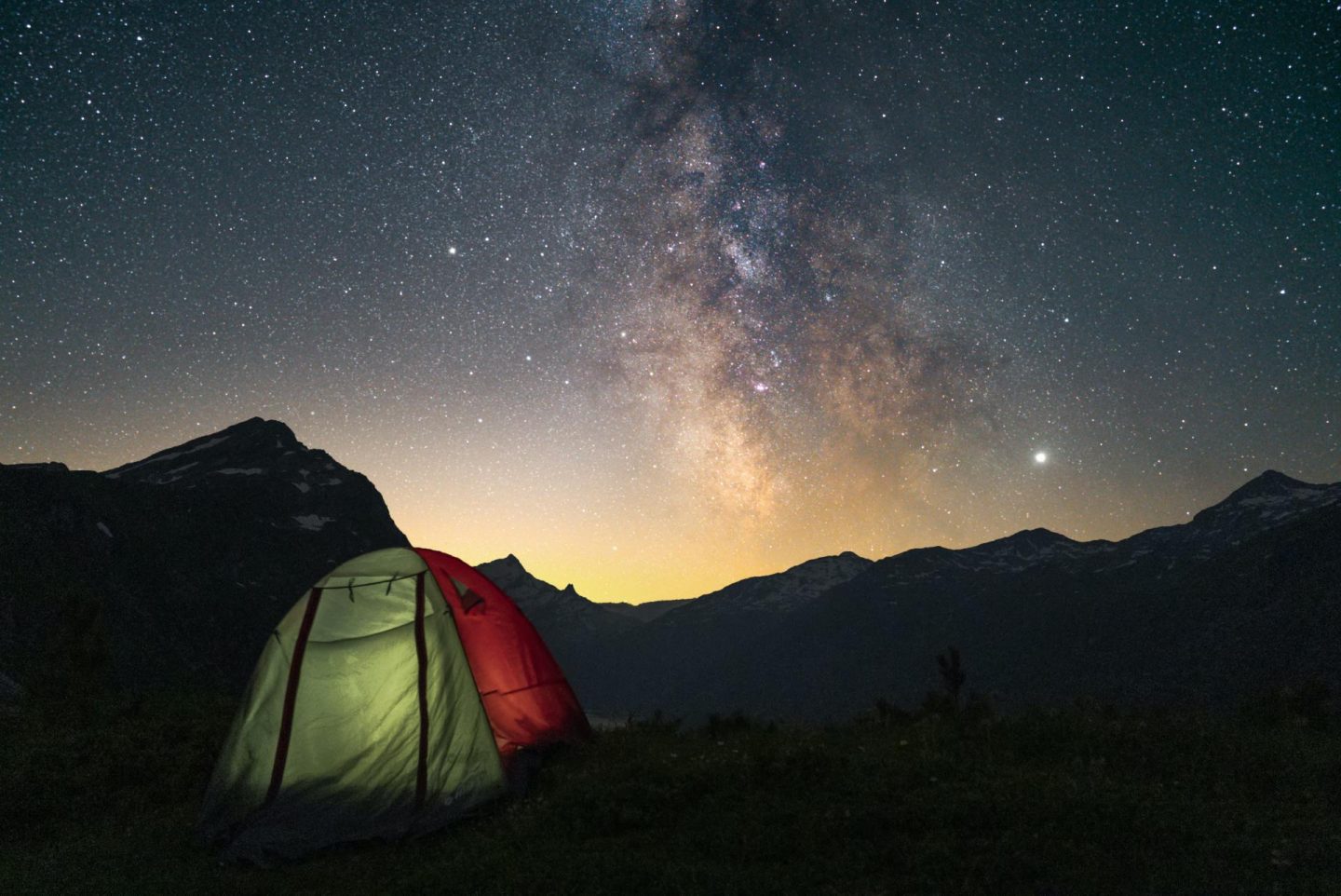
Make more ethical purchases next time you update your adventure gear cupboard with my guide to how to buy eco-friendly outdoor kit and camping gear.
How to buy eco-friendly outdoor kit
1, Don’t buy anything
The most eco-friendly purchase you can make? None at all. Mend and clean your old kit, look at kit rental options or borrow items from friends (especially if it’s gear you need for an active holiday that you won’t use frequently year-round, such as ski clothing).
2, Buy second hand
Even lovers of vintage clothing forget that it’s also possible to buy second hand when it comes to outdoor kit. There’s some gear I do recommend buying new, such as safety gear for climbing, or nearly new, such as waterproof clothing. I also usually recommend buying new hiking boots and walking sandals, as I find these need to mould to fit your feet (and decent boots can last you years with care, anyway). For everything else, look on Facebook Marketplace (such as the Outdoor Gear Exchange group), Ebay or via brands who restore used kit, such as The North Face Renewed. You can find some great bargains or end up with unique vintage items such as retro fleeces, and for a fraction of the cost of new kit.
3, Get clued up on terms and materials
Do you know your PCFs from your RDS (that’s perfluorocarbons, harmful chemicals often used to waterproof clothing, and the Responsible Down Standard, which aims to ensure that down and feathers come from animals that have not been subjected to any unnecessary harm)? Get clued up on exactly what goes into the kit you buy and what ethical standards you can keep an eye out for when shopping with a read of my full guide to eco-friendly outdoor brands, written with Pat Kinsella for Advnture.com.
4, Buy investment pieces
Very cheap outdoor kit is usually a false investment you’ll need to repeat regularly, so you won’t end up saving money in the long run. Spend as much as you can afford to on great quality items and look after them (here’s my guide to prolonging the life of your gear), especially hardwearing items such as jackets, tents and boots (I find you can go cheap and functional on kit that takes less of a beating, such as base layers). My favourite Scarpa hiking boots cost £150 but have now been going strong for seven years, and I’ve had my trusty The North Face rucksack for a decade. Some brands, such as Darn Tough socks, even offer lifetime guarantees of their products, so you really will only have to buy them once.

5, Choose brands that fly the sustainability flag
Choose brands that clearly show that they value the environment. Good markers to look out for include brands that join 1% For The Planet (which involves giving 1% of gross profits to non-profit organizations) or the B Corporation movement (committing to meet set standards of environmental performance, public transparency and legal accountability). B Corps and 1% members include Patagonia, Alpkit, Allbirds, Picture Organic Clothing and Finisterre. You can also look out for clothing with the Bluesign emblem, which is awarded to sustainably produced fabrics.
6, Go vegan
Yes, your adventure kit can be as vegan as your diet (and you don’t have to be vegan to buy vegan kit!). Whether or not you commit to buying vegan outdoor gear, at least getting clued up on the materials that go into commonly used items of clothing, and especially into your footwear – did you know that hiking boots often contain animal parts such as fish, bones and connective tissue? My guide for Advnture explains how to ditch animal-based materials and rounds up the best vegan footwear brands which perform as well as animal-based footwear.

7, Choose locally grown
Are you trying to buy locally grown food this year? Choosing local can be an ethically sound way to buy clothing, too. This article in the Evening Standard highlights how British wool farmers have been negatively affected by the recent pandemic – buying from brands that use 100% British wool to make warm winter clothing, such as Peregrine or Finisterre, is a good way to support them. Locally-grown fabric has a smaller carbon footprint and natural fabrics such as wool also degrade once discarded, unlike oil-based synthetic fabrics.
8, Choose recycled
Picking a new pair of shoes, a swimsuit or even a tent that has been made with recycled materials is one of the easiest ways you can vote with your money. Show brands that consumers care when they get creative by making outdoor clothing using everything from discarded fishing nets to plastic bottles that would otherwise go to landfill. If we all chose recycled, they’d be a mainstream option.
9, Recycle your old kit
Clear out kit you no longer use and benefit someone else in one fell swoop. Local homeless charities will often take used (clean) sleeping bags and warm jackets, and Gift Your Gear collects gear for UK outdoor groups and charities. Or find out if your local charity shop takes bigger items such as backpacks and tents.

HNY! Paramo will recycle their old clothing for you and give you discount on new stuff when they do it. You either love or hate Paramo (I love it). I’ve had my favourite waterproof for over ten years and it’s still going strong, so I doubt I’ll ever use their recycling scheme, but it’s good to know it’s out there. PFC free and Fair Trade certified too.
Author
That’s great to know Amy, thank you! xxx
Oh I love my revivo barefoot hiking boots. They’re second hand but have been reupholstered like new